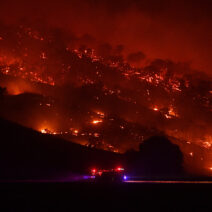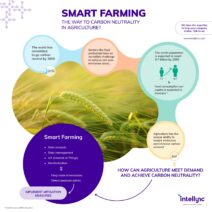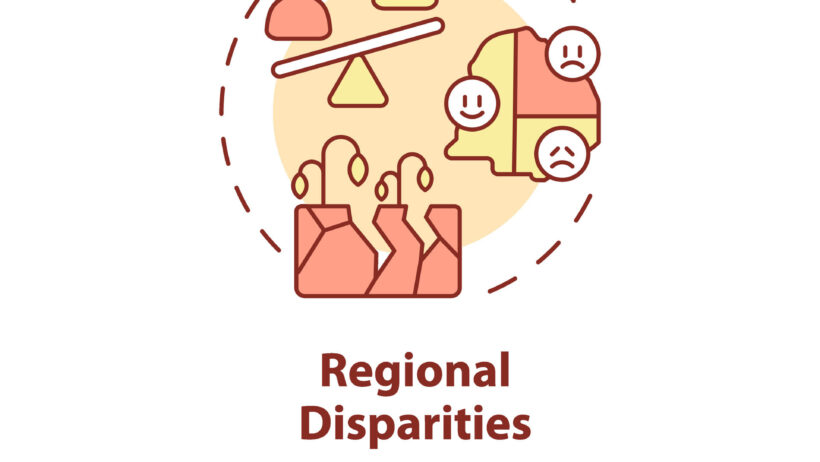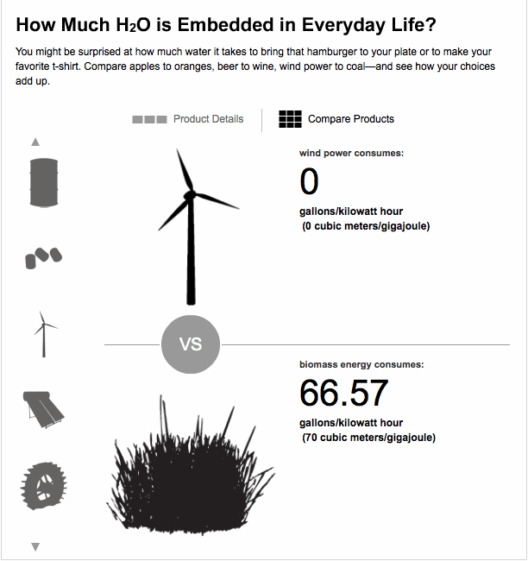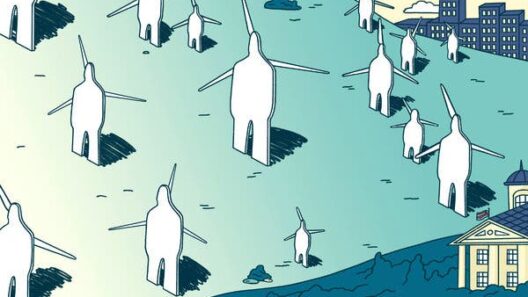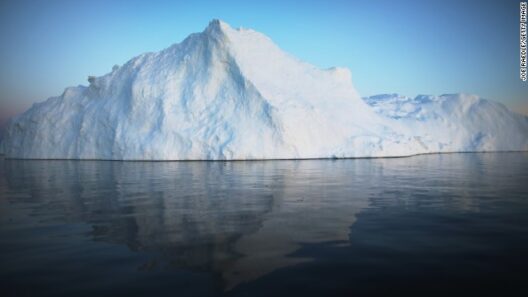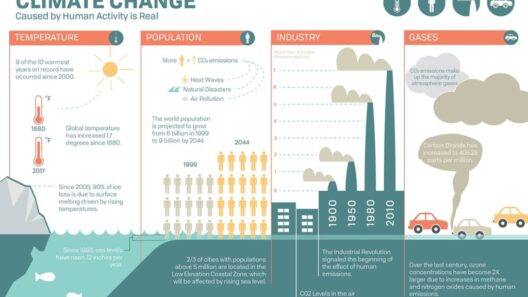As global temperatures climb, have you ever pondered how this relentless warming affects different regions of the world? The reality is that global warming does not impact every locale in the same manner. The phenomenon produces significantly uneven effects that escalate pre-existing disparities and vulnerabilities, making certain populations far more susceptible to its ramifications. This article delves into the intricacies of these disparities, reflecting on the nexus between climate change and social inequality.
Global warming can be characterized by a general rise in earth’s temperature, primarily attributed to the accumulation of greenhouse gases in the atmosphere. These gases trap heat, leading to a range of environmental challenges, from melting ice caps to escalated sea levels. However, beyond these well-publicized effects, different geographical areas experience manifestations of climate change with disparate intensity and scope. In essence, while the Earth as a whole warms, the degree of heating varies dramatically across regions, creating a host of challenges.
Firstly, let’s examine the geographical distribution of warming. Research elucidates that polar regions are warming at an unparalleled rate—approximately twice as fast as the global average. In stark contrast, tropical regions are experiencing less temperature increase but are more vulnerable to climate-related disasters, such as hurricanes and monsoonal flooding. This divergence presents a peculiar quandary: how do we address a global issue when its consequences feel so localized? As the question resonates, we arrive at the crux of the challenge—delivering equitable responses tailored to regional needs.
Moreover, one must consider the socio-economic factors interwoven with the fabric of climate change. Wealthier countries, brimming with resources, are generally better equipped to adapt to climate-related challenges. For instance, advanced nations may deploy sophisticated infrastructure to combat rising sea levels—think of levees, flood barriers, and early warning systems. However, developing nations—often grappling with limited financial resources—lack the capacity to implement similar mitigating measures. They find themselves trapped in a vicious cycle, where shrinking resources and climate-induced hardships exacerbate vulnerabilities.
It’s crucial to highlight that certain groups within these nations face compounded adversities. Populations reliant on agriculture are particularly endangered. Climate change threatens crop yields, and in regions where agriculture constitutes the primary source of income, the ramifications can be catastrophic. As temperatures fluctuate and precipitation becomes erratic, food insecurity escalates, which leads to increased malnutrition and health complications. Local farmers often find themselves at the mercy of climatic variables that they cannot control, intensifying existing societal inequities.
Local ecosystems also feel the strain of uneven heat. Biodiversity suffers, as species are forced to adapt quickly or face extinction. Uneven heating results in shifts in habitat, causing some species to migrate towards the poles or higher altitudes. This migration can destabilize ecosystems, resulting in unforeseen effects that can trickle down to human populations dependent on these ecosystems for their livelihoods. The irony is palpable—climate change, though a global concern, sows the seeds of disparity among various ecosystems and the communities that rely on them.
Addressing these disparities necessitates a reimagining of our approach to combating climate change. It urges us to ask: can we foster collaboration among nations to create tailored solutions that bridge the gaps in vulnerability? Innovative financial instruments, such as climate bonds that specifically fund adaptation in developing countries, could be one promising route. Moreover, international cooperation becomes paramount; developed nations must pledge to assist their less fortunate counterparts by providing technology, funding, and knowledge transfer to bolster resilience.
Education also stands as a critical instrument in combating climate-induced disparities. By empowering communities with knowledge, they can understand the risks posed by climate change and can learn about resilience strategies. This grassroots approach cultivates not only awareness but also instills a sense of agency, encouraging local adaptation practices that are appropriate to their unique circumstances.
Moreover, one must consider the pivotal role of indigenous communities in the climate discourse. Often, these groups possess intrinsic knowledge and deep understandings of their local environments. Their traditional practices can offer invaluable insights into sustainable resource management, showcasing resilient agricultural strategies that have thrived for centuries. By incorporating indigenous knowledge into broader climate strategies, we can create well-rounded solutions that reflect diverse needs and perspectives.
Nevertheless, as we contemplate the path forward, we must also address the underlying infrastructures that contribute to these disparities. The world’s energy systems, overly reliant on fossil fuels, require a significant overhaul. Transitioning to renewable energy sources not only tackles climate change but also opens avenues for job creation, especially in regions historically dependent on carbon-intensive industries. This transition has the potential to ameliorate economic disparities while simultaneously recognizing the urgent need for environmental stewardship.
The question remains: will we collectively rise to the challenge of addressing climate change while ensuring social equity? The stakes are undeniably high. If we succumb to inaction, the repercussions are likely to compound and worsen the inequalities already entrenched in societies worldwide. It hinges upon our collective consciousness and commitment to champion adaptive measures that transcend borders and tackle climate-induced disparities.
In conclusion, the intricate dance of uneven heat and uneven impact illustrates the multifaceted reality of climate change. While the planet warms, its effects are not homogenously dispersed. Our response to climate change must embrace global and local dimensions, focusing on compassion, collaboration, and innovative solutions tailored to those most affected. As we ponder these challenges, it becomes clear: the true test of humanity lies not just in mitigating global warming but in ensuring an equitable future for all.

